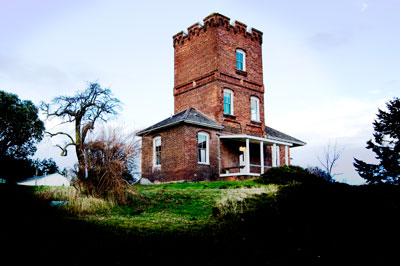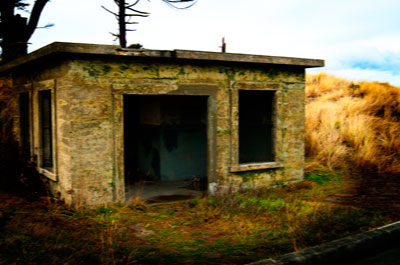I’ve been taking photographs for as long as I can remember and like many others they get incorporated into my journals. I’m a also a big fan of “experimental” photography and I’d say that Lomography falls into that category. For those who don’t know, Lomography is a art movement that has grown up around the Lomo camera. Originally produced in Russia and now in China, the noteworthy feature of the camera is it’s imperfections. The manufacturing process creates a lens that creates vignetting and distortions in the image and the distortions vary from camera to camera. Images from Lomo cameras tend to have a dreamlike quality that are created through a combination of the distortions built into the camera and the color saturation created by cross-processing of the film.
I’ve been thinking about buying a Lomo for years but every time I come close, I back away because of two things. The first is the hassle of finding someone to do cross processing of the film, most corporate shops won’t do it and those are the same places that are driving the mom and pop operations out of business. The second issue revolves around the potential environmental harm of the processing chemistry itself.
Still, I like the esthetic of images produced by Lomo cameras and want to produce those types of images myself. I’m still thinking about buying a Lomo but in the meantime, I’ve decided to tinker with creating similar images digitally. I’ll call them digital images in the style of Lomo since I’m sure that diehard Lomographers would have a stroke if I called them digital Lomos. Here are a couple of examples:


If you’d like to see some actual Lomo images and learn more about the Lomography movement, jump on over the the Lomo website.

Steve, I can hardly believe we were both at the same place….my photos didn’t turn out nearly this cool!